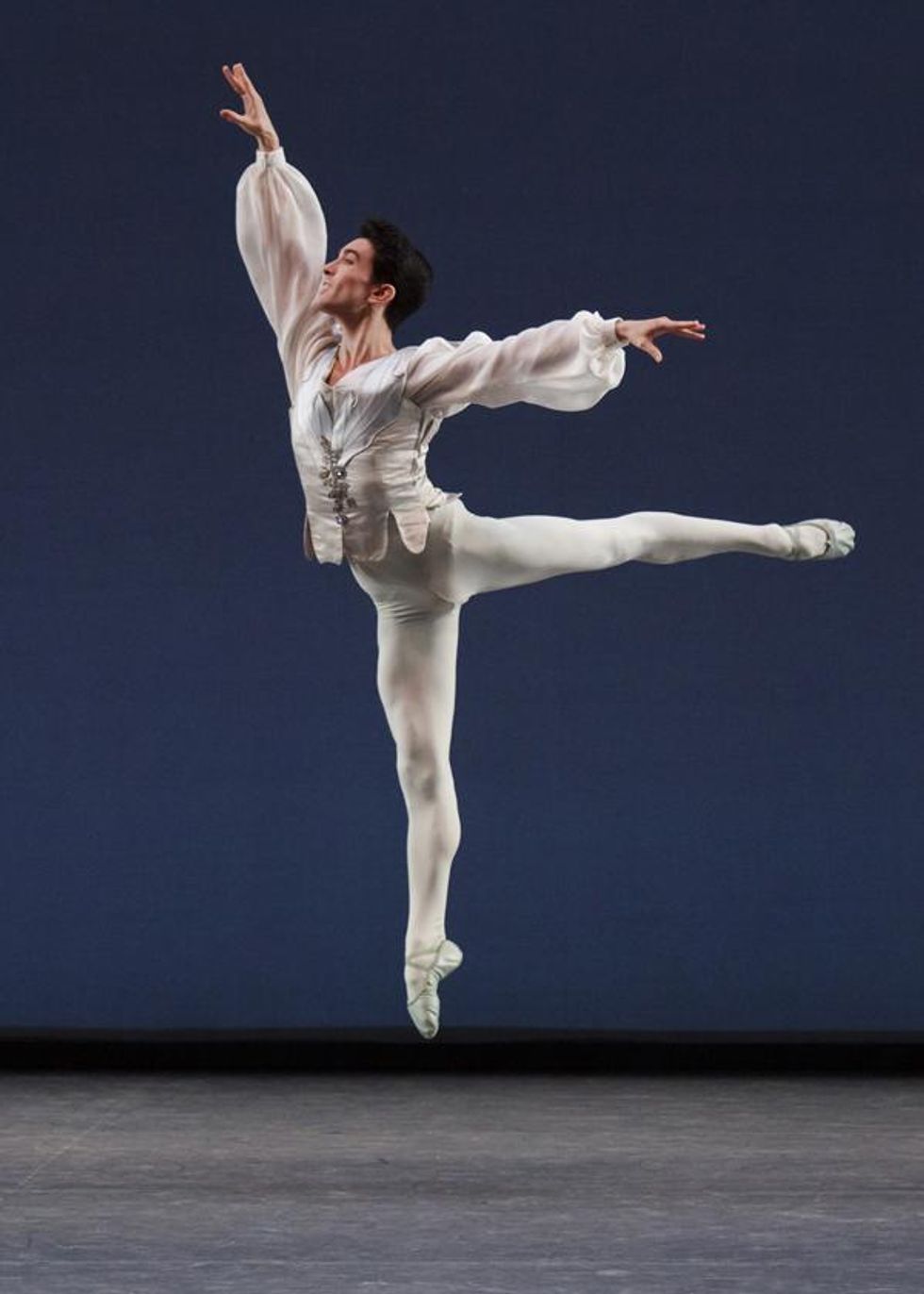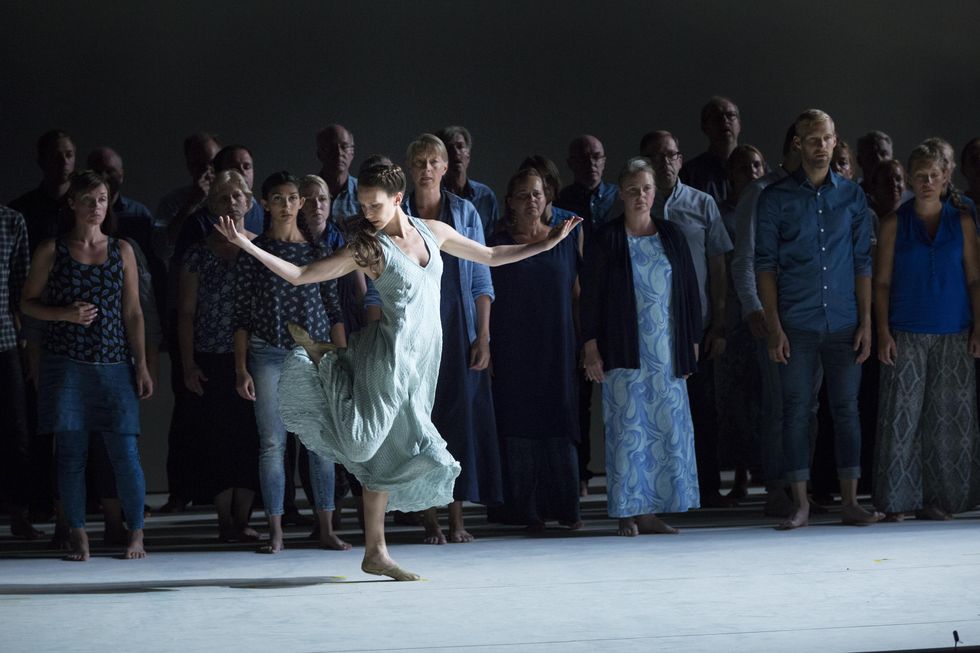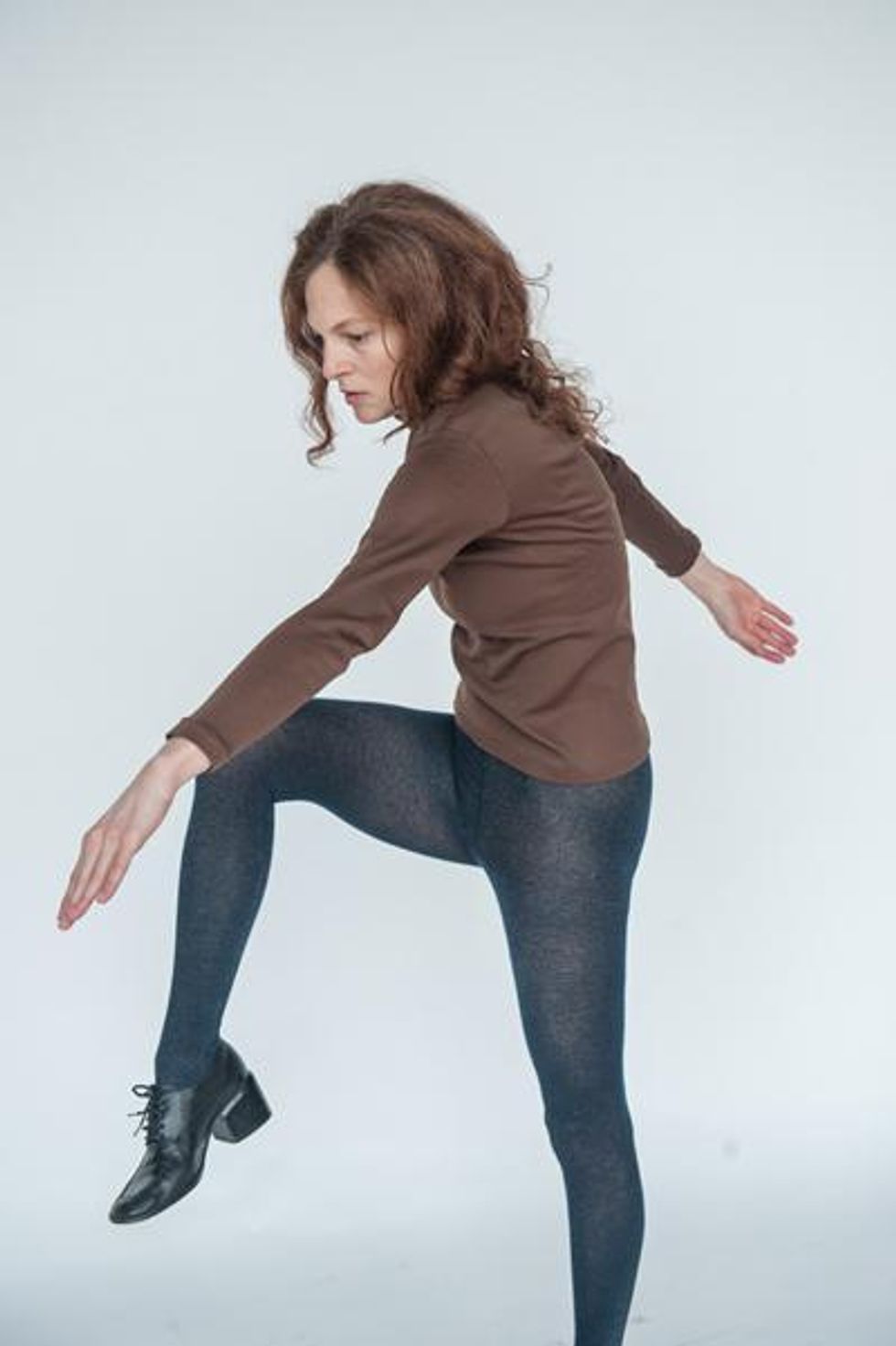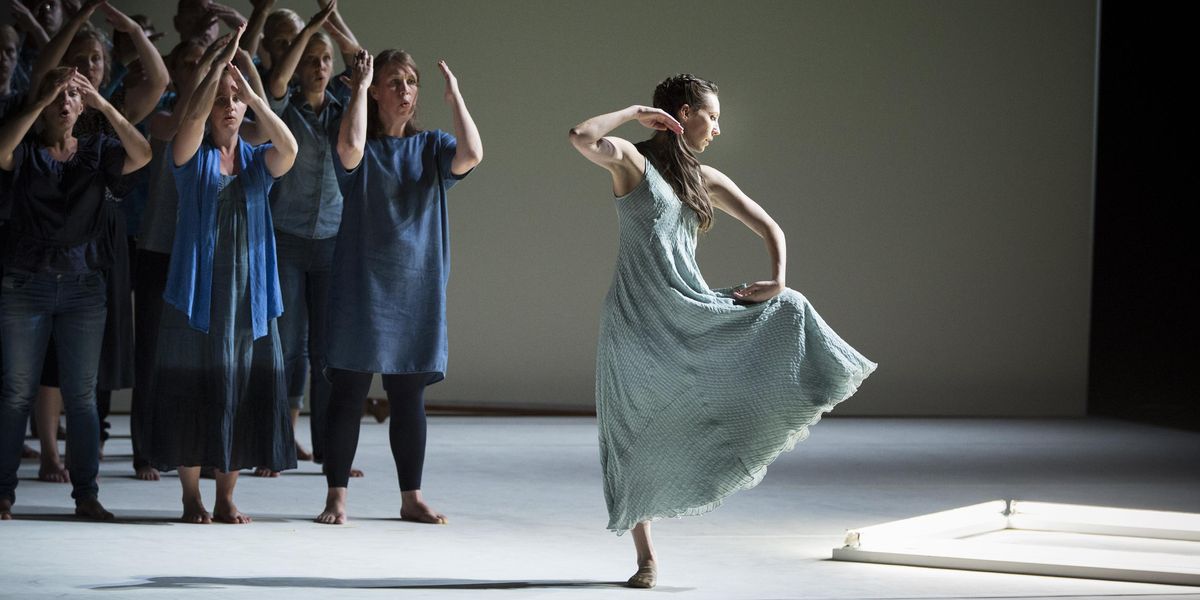How to Actually Make Your Movement Look Effortless
Efficient movement is easy to recognize—we all know when we see a dancer whose every action seems essential and unmannered. Understanding how to create this effect, however, is far more elusive. From a practical perspective, dancing with efficiency helps you to conserve your energy and minimize wear and tear on the body; from an artistic point of view, it allows you to make big impressions out of little moments, and lasting memories for those watching.
So much struggle and determination goes into your training that it can be difficult for early-career dancers to recalibrate their priorities toward simplicity and ease, says Laurel Jenkins, freelance performer and Trisha Brown Dance Company staging artist. “Your aesthetic might shift, and you might have to find new things beautiful.” Mastering the art of effortless movement requires a new perspective and a smart strategy—on- and offstage.
Use Your Transitions
As a teenager, New York City Ballet principal Anthony Huxley had an “aha” moment watching former NYCB principal Peter Boal demonstrate combinations. He learned from Boal how to guide his weight and momentum out of each step in ways that would help him begin the next one. Half the power necessary to execute a movement could be borrowed from the one before, and so on.

Anthony Huxley, photo by Paul Kolnik
“You’ll make your transitions as easy, clean and fast as they can be by taking everything you don’t need out of your dancing,” says Huxley. This includes being unnecessarily fixated on specific shapes. Unless the choreography demands that you show a balance or stillness, “don’t even worry about it. You’ll just end up wasting time.”
Look Around
Dancers used to watching themselves in the mirror can develop the habit of looking straight ahead. But to achieve a feeling of effortlessness, it’s essential to use your eyes onstage. “Release the neck so the head can move freely and the eyes can see,” Jenkins suggests. “Making decisions based on what you see generates an easy, casual aesthetic. When this happens onstage, it’s a sign of maturity—I’m drawn in and I want to know more.”

Laurel Jenkins, Photo by Vincent Beaume
Do It Again
Use rehearsal run-throughs to sort your material and determine when to step on the gas, and when to coast, advises Huxley. “The first time I run something, I always give everything 100 percent, which wears you out both physically and mentally. That’s not a pleasant experience, to feel like it’s impossible to keep going.”
Dancer and choreographer Jodi Melnick is fond of repetition as a tool that helps her understand a movement’s essence. Each time she repeats a step, she relearns it and reexperiences it, “recording it physically and connecting with the sensation of it,” she says.

Jodi Melnick, Photo by Stephanie Berger
Enough Is Enough
Movements have “sweet spots” when it comes to the amount of muscular engagement and release needed. Pause to ask yourself how much force you’re using and, more often than not, you’ll find there’s some you can spare. “I often think about this as the balance between tension and attention,” says Melnick.
“I’m a weakling, really,” she says. “I don’t have that explosive, muscular strength—it’s all in direction and follow-through, like playing pool or throwing darts.”
“The idea of release is not collapse—it’s actually poise,” Jenkins explains, “and by doing less, the dancer is a magnet for the audience’s focus, rather than trying to capture the audience’s attention. I think of it like a cat, that dynamic stillness it has before an attack—that awake poise, ready for decisive action.”




